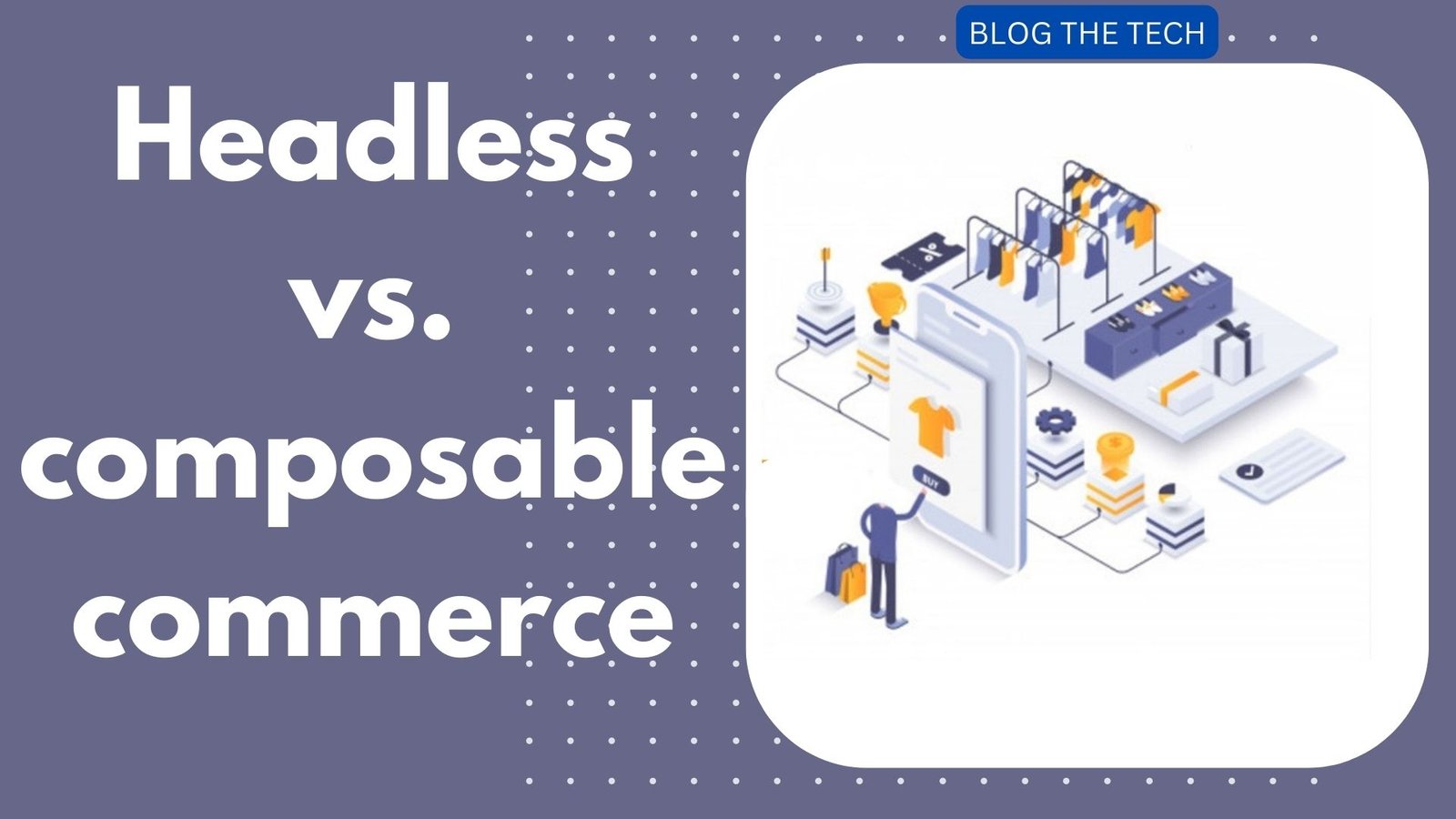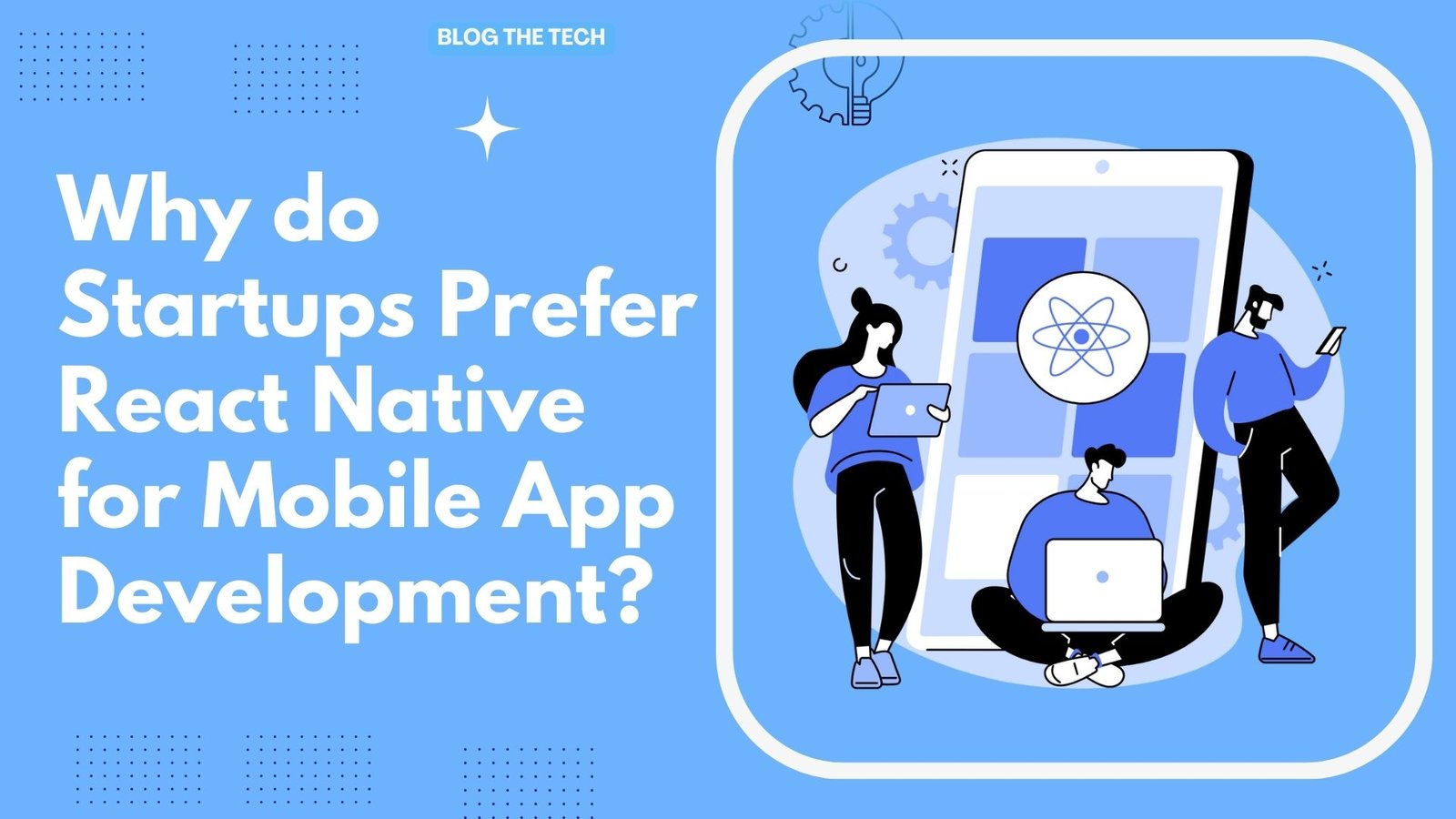This is the best guide for you if you’re an entrepreneur or a startup searching for custom healthcare software development for a health app. Here, we’ll cover all you need to know about how to develop a healthcare app.
Essential Features of an Efficient Health App
Building a health app may need several features depending on its aim and the application. Some of these app features are, however, essentials in determining how to build a health app, and they are:
- User Profile
A user should be able to set up and handle their health profile, along with managing data and information that the app can access. To make a medical application, most creators collect.
Most creators collect basic information like name, contact information, age, height, weight, etc., at sign-up when creating a medical app. This profile is sometimes used to provide a personal experience through artificial intelligence.
- Dashboard
Creating a healthcare app without a dashboard is the only way to confuse users. It needs a dashboard to give users an outline of their health records.
Although more prevalent with workout apps, the dashboard may also come as an activity feed. It serves as a visual health record and activity overview for users’ most important health metrics.
- Chat and Messaging
Medical mobile apps that need Doctor-Patient communication require chat and messaging features for reasons you already know.
- Notifications and Reminders
App reminders can be suitable for keeping users aware of their health and fitness demands from the app.
- Cloud Integration
Cloud integration lets users get their data whenever they want and transfer their health records as demanded, for example, when a healthcare provider needs it.
- Security and privacy
Developers creating a health app should always have privacy and security in mind. This is because health mobile apps gather very delicate and confidential information. This includes data encryption, multifactor authentication, etc.
- Safe Payment Processing
You need a safe payment processing feature that does not disclose sensitive customer data—that is, of course, unless your app is entirely free. For a greater user experience, payment processing should also be smooth, fast, and faultless.
Other features that are not essential but may be necessary, all dependent on how to make a medical app as you plan, are as follows:
- Goal setting
- Gamification
- Appointment management
- Social sharing integration
- Video tutorials
5 Steps On How To Develop a Healthcare App
This details some necessary steps to be taken to build healthcare applications.
- Step 1: Identify the Target Audience and Their Needs
Carrying out serious research on how to build a medical app and understanding their customers, which also includes picking out the problems they must solve for those customers, is the best thing makers of any new mobile healthcare app must do as the mobile healthcare app industry is already jammed.
Daily Yoga, for instance, targets yogis and yoga enthusiasts; Nike Training Club targets pro and amateur athletes; Ovia Health targets families and women. Likewise, you must find your niche. The features to be introduced in building your app should be based on your audience’s needs.
In this context, considering the specific needs of mental health professionals and their clients can guide the development of your app. Integrating behavioral health electronic medical records into your platform could offer seamless access to vital patient data, enhancing both user experience and clinical outcomes.
Therefore, this stage can be named the business analysis stage and aids in learning how to build the best medical app for your audience.
- Step 2: Pre-Development
The next step is officially starting the project after concluding the kind of app you want to build, who you want to build it for, and how it is built. Choose the right specifications and requirements for building the app concerning cost, functionalities, personnel, and resources.
The kinds of professionals needed, the tools and technologies required, the technological stack for development, budget, (government) certification requirements, etc., will be decided at this stage.
This stage culminates with the production of the proof of concept. Before engaging in full development, you want to ensure that the project is achievable by showing minimum functionality without going to market.
- Step 3: Development
Here lies all the work. You have ordered healthcare mobile app development services (frontend developers, backend developers, product managers, project managers, and so on.) and have gathered the appropriate tools and technologies. Many companies at this stage like working with an offshore development team.
Angular, React, and Vue for the frontend; Laravel, Node.js, and Ruby on Rails for the backend; React Native, Flutter, and Ionic for mobile app development, etc., are some programming languages that may be considered. All these make up the technology stack, which, to a large extent, determines app performance.
The goal is to develop the main app from the bottom and then incessantly test and go over it to ensure flawless functionality. The anticipated app should match the expected results. The project plan from the pre-development stage should be the main guide throughout the development process when developing healthcare applications.
- Step 4: Quality Assurance
Note that despite how much testing and debugging developers do to develop a healthcare app, they still depend on quality assurance testing to clear obstructions and ensure the app is working soundly.
Because every problem pointed out must be rectified before the app is released, this stage is critical.
Some cues to be mindful of before release are that the app should: be user-centric and intuitive. Addressing the pain points and users’ needs should check with set privacy and safety standards.
- Step 5: Product Release and Ceaseless Support
The app will need ceaseless support once it is established. Many companies, at this stage, decide to let the in-house team take care of the rest while freeing their external development team. This may include constant trials of the app to make certain maximum stability.
How Much It Costs To Build a Healthcare App
$80,000 is how much a not-complex healthcare app with primary features may cost you, although the average cost is usually much lesser.
For complex apps with many standard features, the cost for a full app can go as high as $120,000, which only counts the development phase.
Because of the optimized development process, MVP apps are often less expensive, costing as little as $25,000. However, it all depends on the features required.
Conclusion
Creating a healthcare app can be a complex but achievable project if needed resources are available.
There are numerous medical health apps on the market, but how can one determine which ones truly function? In this article, allowing you to find your niche and outshine the crowd, we recommended a few interesting ideas to employ.





